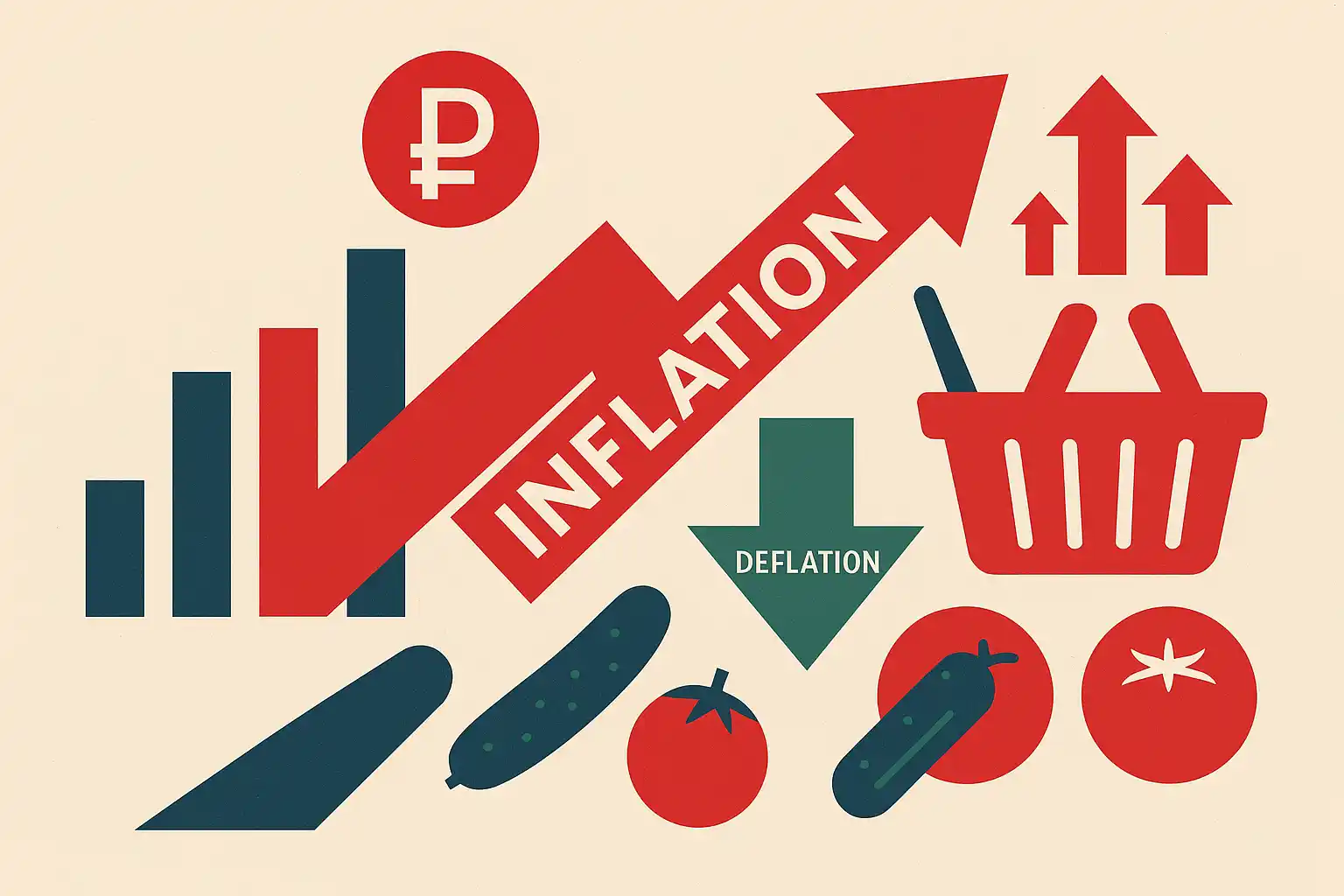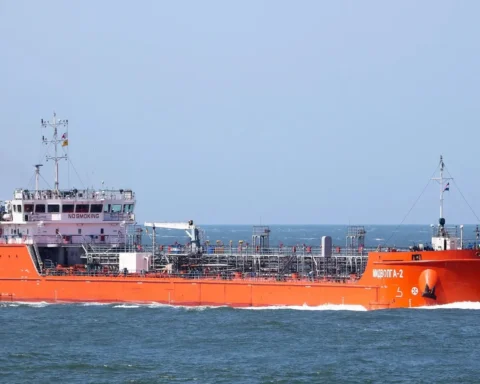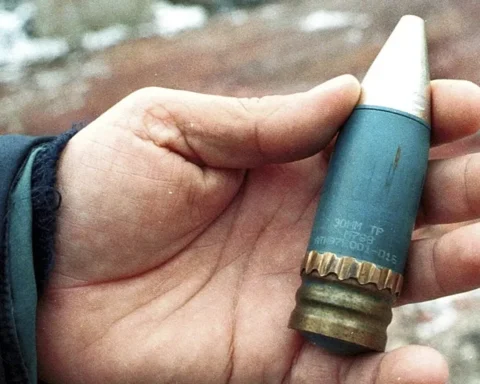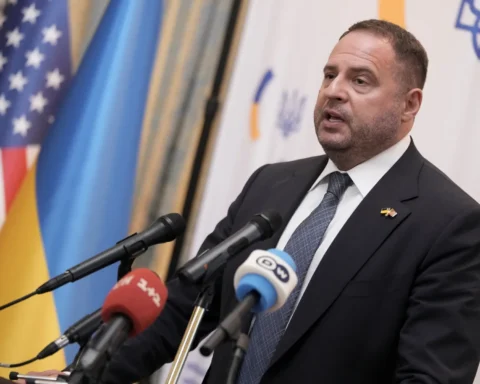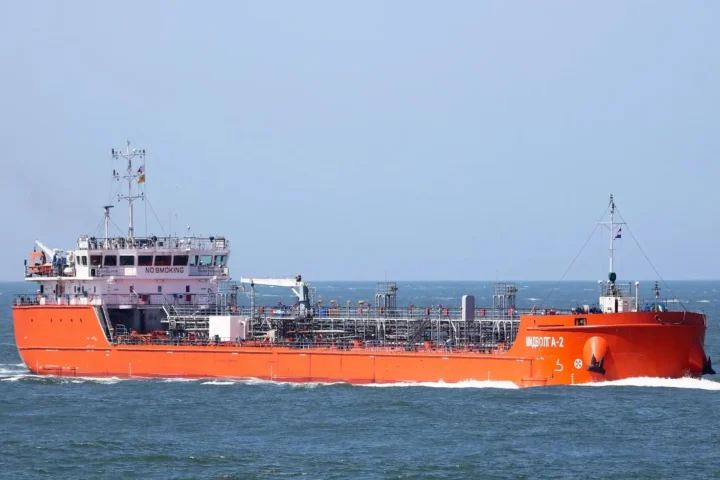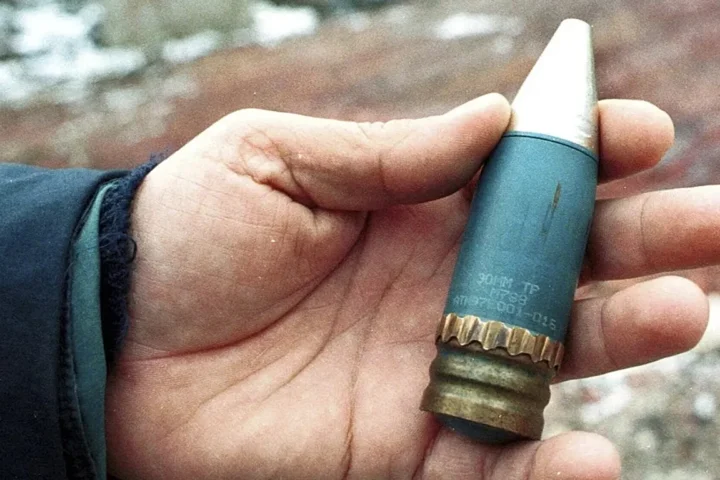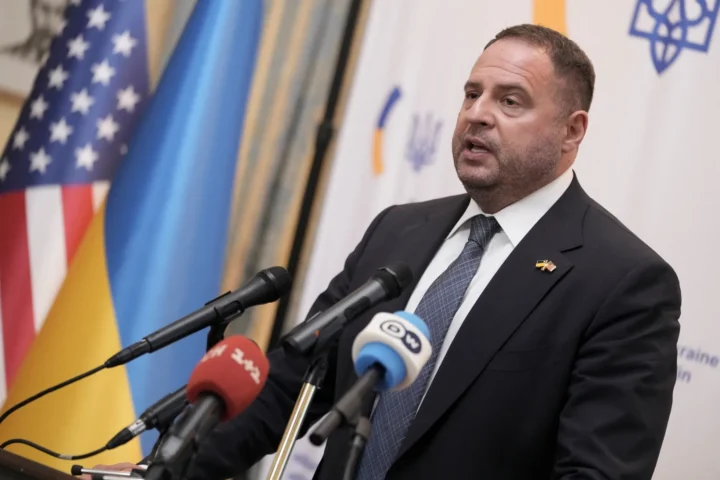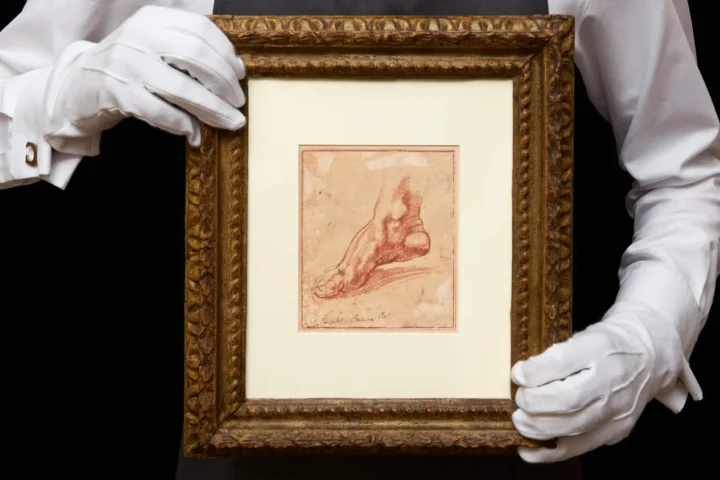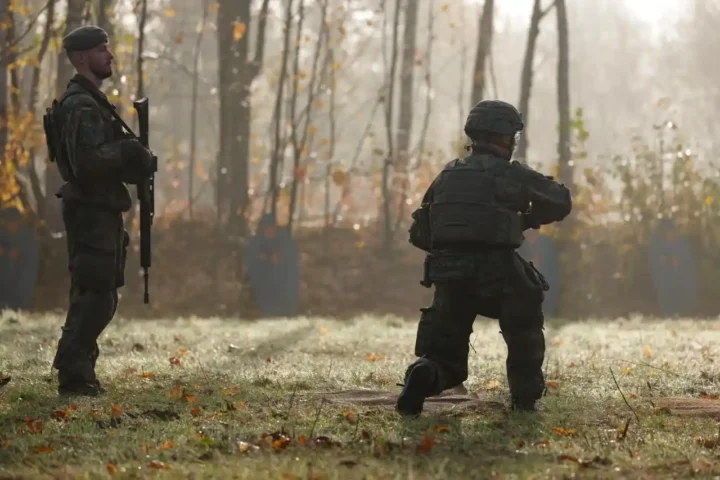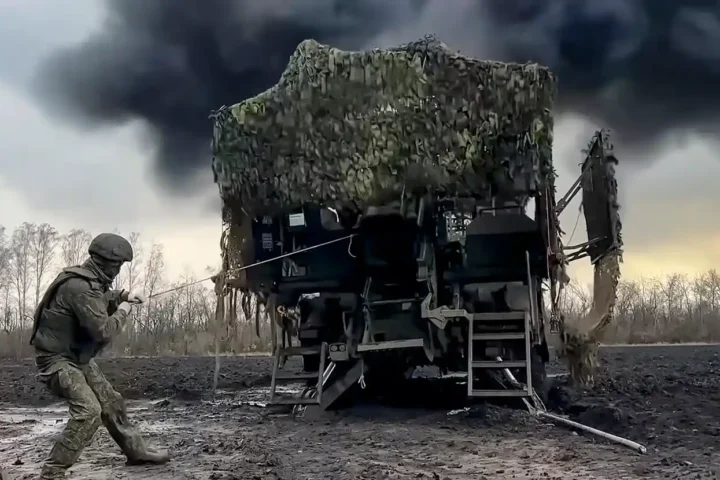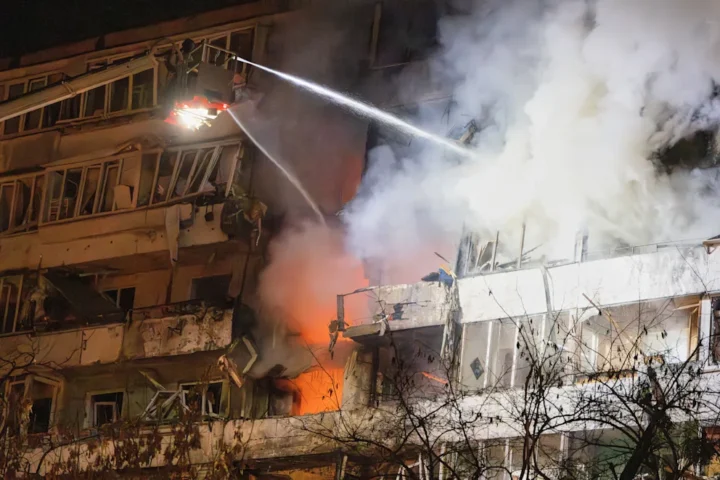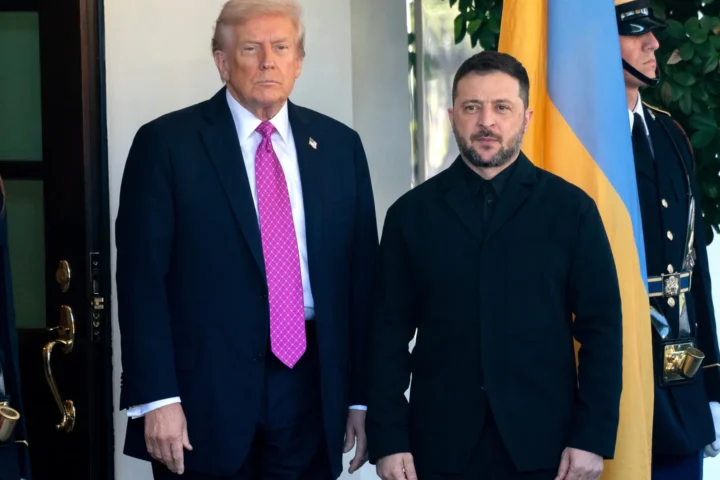The Kremlin has been keen to promote a narrative of easing inflation and even deflation. Yet behind the official numbers, a different reality emerges—one of steadily rising prices, shrinking purchasing power, and growing public anxiety.
The Official Line vs. Hidden Costs
According to Rosstat, consumer prices rose by 0.57% in July, up from 0.20% in June. The figure, delayed and limited by a narrow methodology, excludes major expenses such as airfares, giving an incomplete picture. Pro-government media, meanwhile, seize on the temporary drop in vegetable prices—potatoes, cucumbers, tomatoes—as evidence of deflation.
But the “seasonal reprieve” ends by September, and it does little to offset the broader surge. Potatoes have risen by as much as 200–300% in the past year, while lamb and beef are up by 40–45%. These figures expose the disconnect between official messaging and household experience.
What Russians Actually Feel
Weekly polling by FOM shows that apart from seasonal produce, Russians see no price relief. Instead, they report relentless increases in basic goods and services: meat and poultry (+42%), utilities (+38%), dairy products (+34%), and medicines (+32%).
ROMIR’s consumer confidence index fell seven points in July. Its “free money index,” measuring disposable income, dropped to 58.7%—the lowest in three months. Analysts warn that August, usually the peak of summer consumption, is likely to push these indicators even lower.
Debt Traps and the Ruble’s Paradox
A strong ruble has unexpectedly undermined consumer strategies. Two years ago, many households borrowed heavily, betting on currency depreciation and inflation to erode their debt. That gamble has failed. Household debt has now reached 37 trillion rubles, leaving consumers squeezed between high prices and heavy loan repayments.
Poverty Figures: Record Low or Hidden Crisis?
Rosstat insists that poverty fell to a “record low” of 8.1% in 2025. Yet closed sociological surveys tell another story. They suggest that poverty is not declining at all. While many Russians resist identifying as poor, the majority admit to worsening living standards. Purchasing power has eroded for around 90% of the population—a decline that is gradual but unmistakable.
The official numbers are designed to present stability; the reality is one of stagnation disguised as progress.
Stagnation Framed as Stability
From a social perspective, Russia is entering a phase where stagnation is normalized and even perceived as stability. People have grown accustomed to perpetual price hikes, but this normalization comes at a cost: rising anxiety and diminished expectations.
Few truly believe that inflation will ease. With consumer credit tightening and hopes shrinking, the steady decline in living standards appears unavoidable for 85–90% of Russians.
The government may point to “record lows” in poverty, but the lived experience suggests something closer to a managed decline—where official optimism conceals a slow erosion of everyday life.


